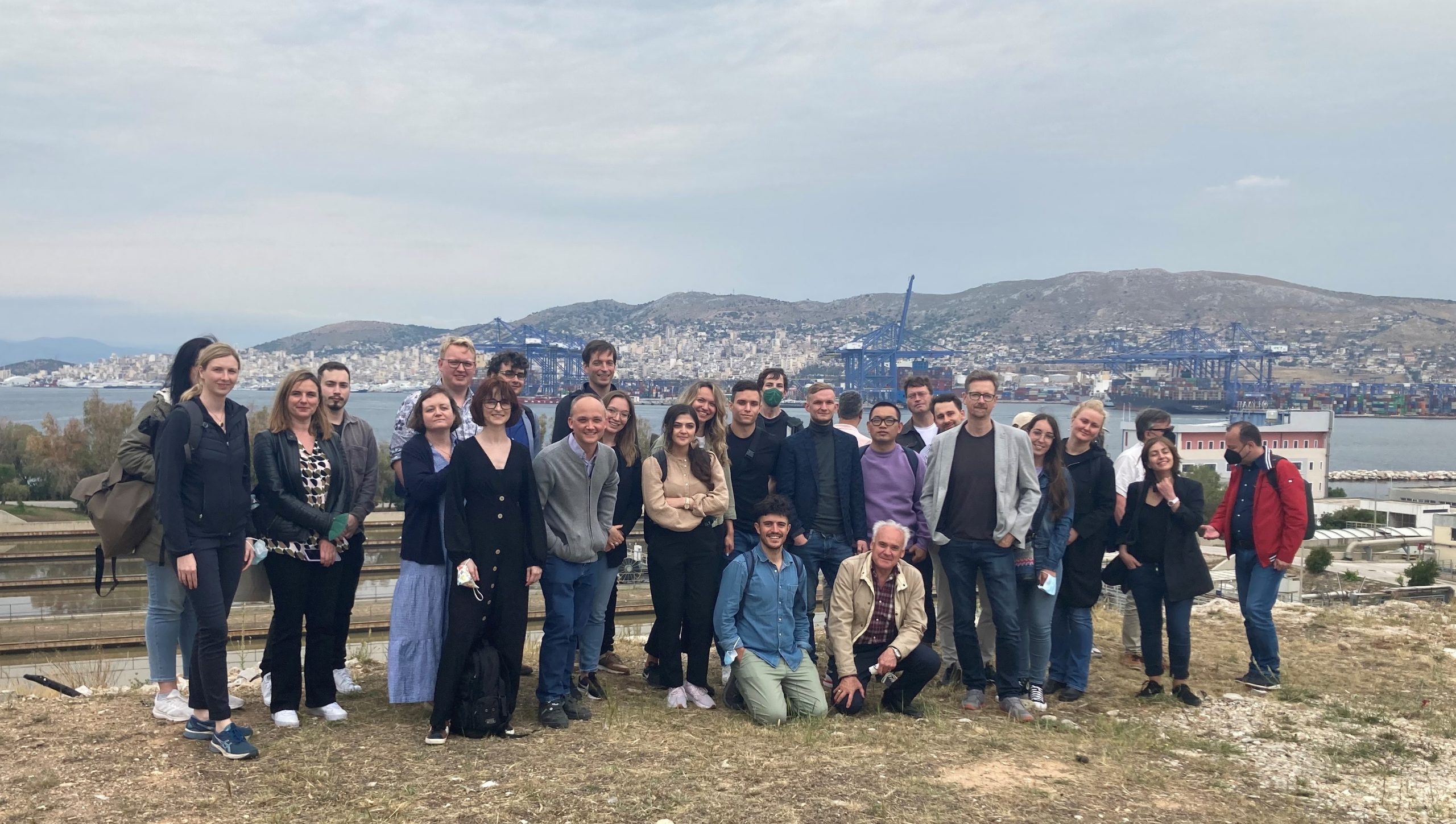After two years of intense work, and with two years yet to come, the 2nd annual meeting in Athens provided the perfect opportunity to strengthen ties of collaboration between partners and align our efforts to guarantee project goals are achieved. While during the first half of the project, the focus has been on studying the bacterial communities that naturally inhabit anaerobic digesters, the remaining years will be dedicated to isolating and characterising key species and working on the project’s bioaugmentation strategy to produce tailored microbial communities for biogas production.

To achieve these goals, coordination is key: all partners must follow common methodologies and laboratory protocols. The aim is for the experimental settings to follow the same rules, so that results produced by the project are reproducible and comparable, guaranteeing their reliability.
A roadmap for European biogas
One of the topics discussed in Athens was the development of the project roadmap. With a complete outlook of the biogas sector in six European countries, this document will reflect a thorough analysis of the state of the art, a comprehensive overview of the political situation, target markets and future development opportunities for the biogas industry. A curated literature review on anaerobic digestion and bioaugmentation strategies will also be included with detailed information on the Micro4Biogas strategy and results.
The preliminary version of the peer-reviewed roadmap is scheduled to be finished by the end of 2023 and will be published on the project’s website – the first draft is already available for download. This task will be the basis for the publication of an e-Book whose aim is to disseminate this information to the biogas sector.
Visiting one of the world’s biggest wastewater treatment plants
In addition to the project progress presentations, the partners had the opportunity to visit the Psyttalia wastewater treatment plant. Located on an island close to the Athenian port of Piraeus, Psyttalia is the second biggest wastewater treatment plant in Europe. Through a submerged pipeline, the plant receives sewage water from the entire metropolitan area of Athens, with a population of approximately 3.5 million people.
Greece’s biogas sector is still in its infancy, but in Psyttalia eight anaerobic digesters are fed with sewage sludge to produce biogas that is later converted into electricity and heat. To date, this is Greece’s largest biogas operation.
Building bridges with related projects
On the second day of the meeting, we also had the pleasure of hearing keynote speeches from related projects and external experts. Mieke Decorte, from the European Biogas Association, gave an overview of the European biogas market, explaining to partners what makes Europe ‘the largest producer of biogas in the world’. Professor Simos Malamis, the coordinator of the H2020 Hydrousa project, presented the strategies put in place on the island of Lesvos to conserve water in the context of a circular economy. And Themis Sfetsas shared insights into the workings of the Lagkadas biogas production plant, in Thessaloniki.
A huge thank you to our invitees, everyone who attended the meeting, and our partners from Draxis for the excellent organisation!

